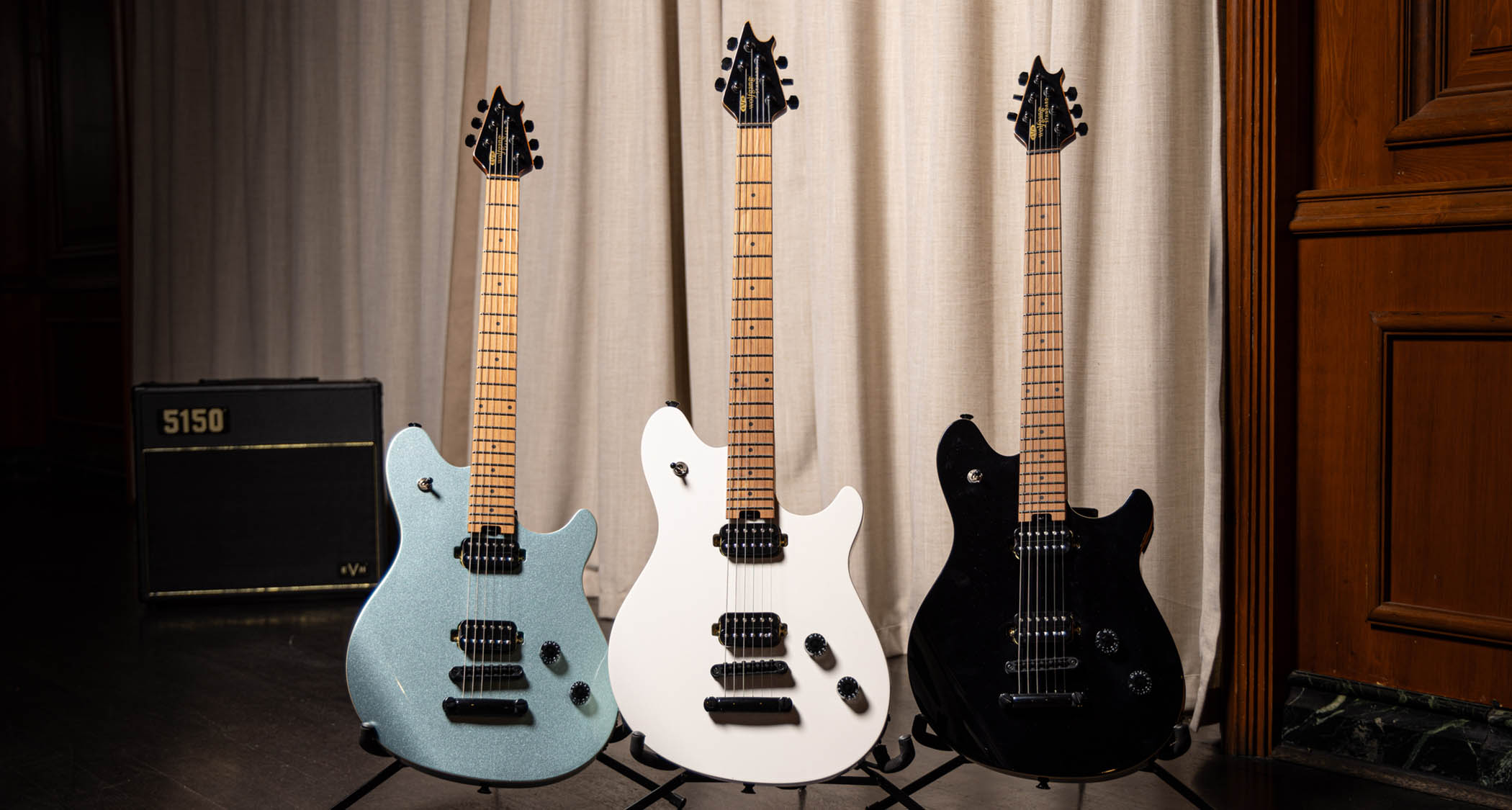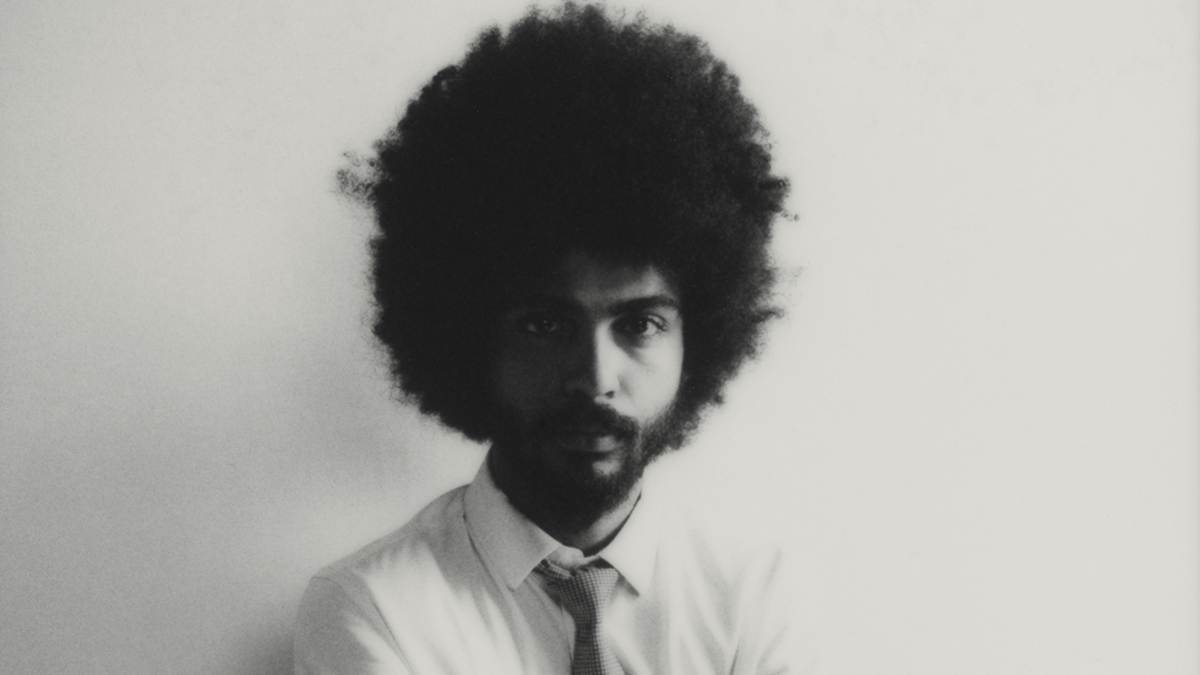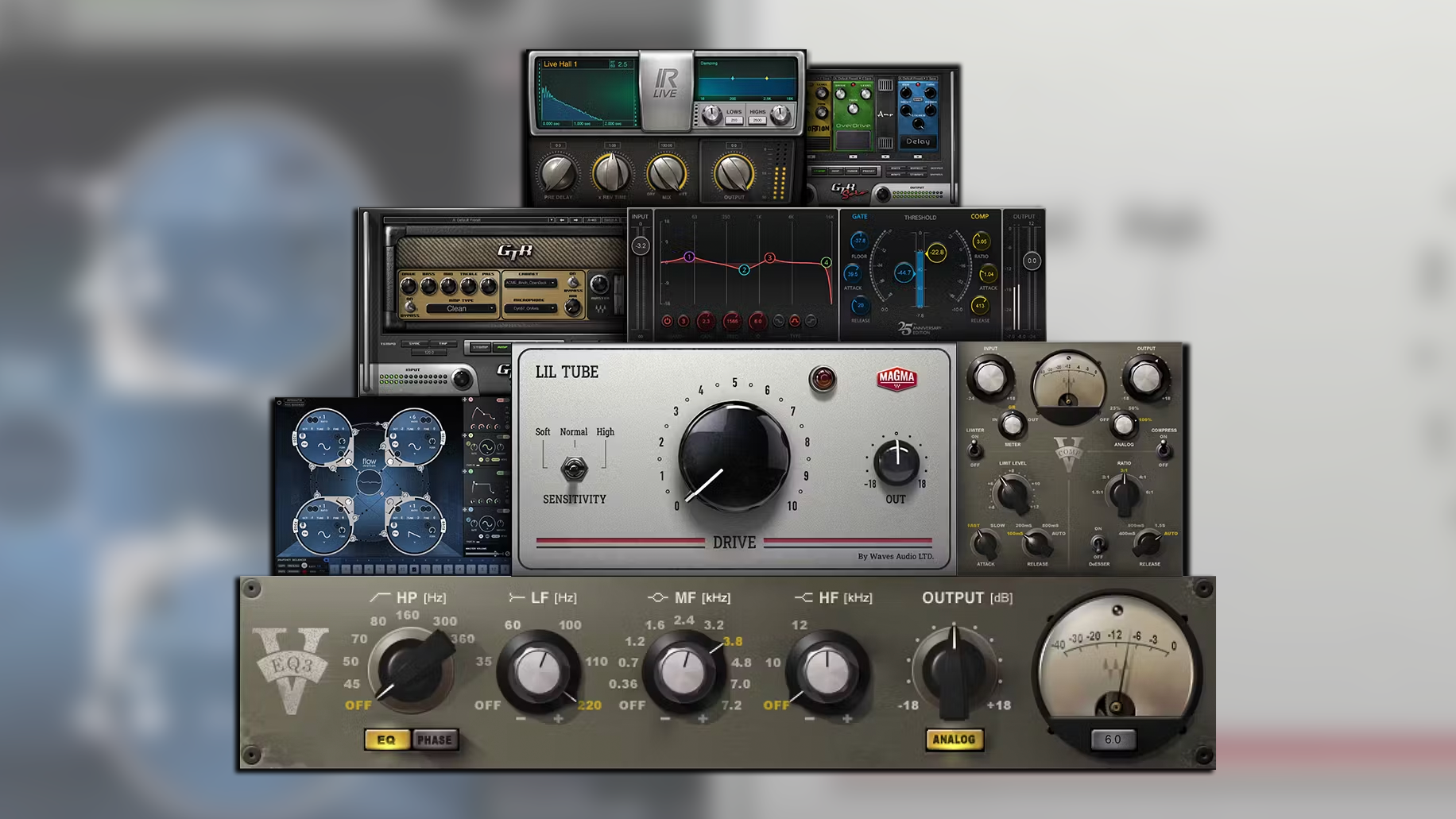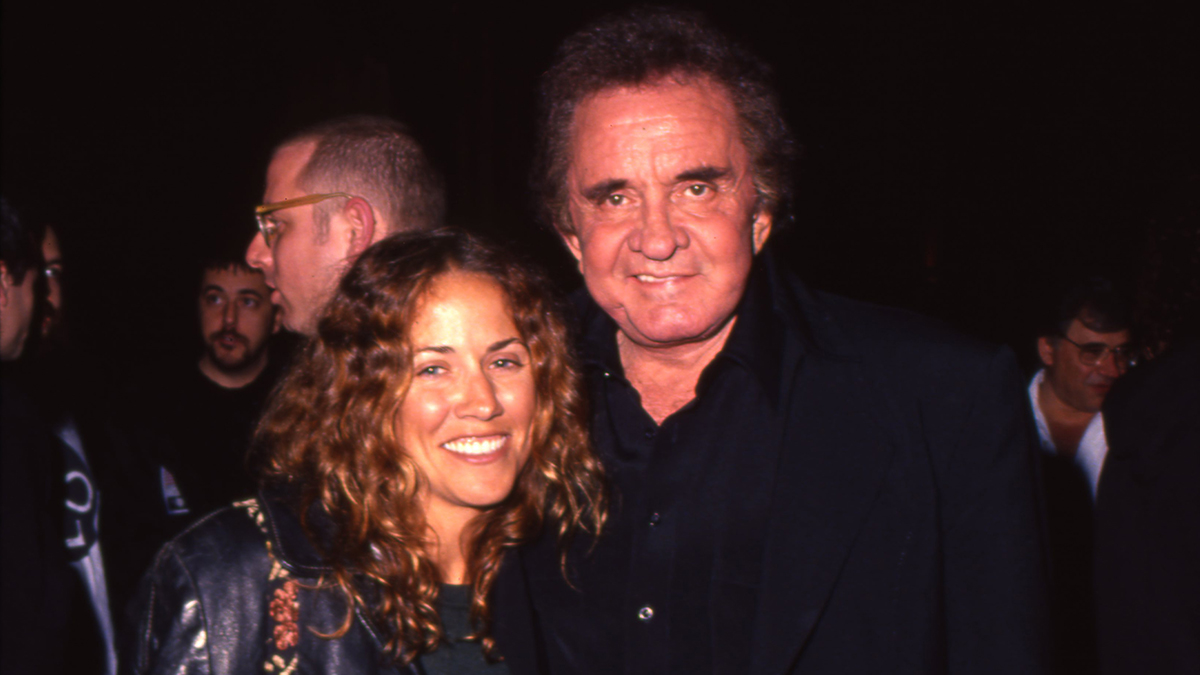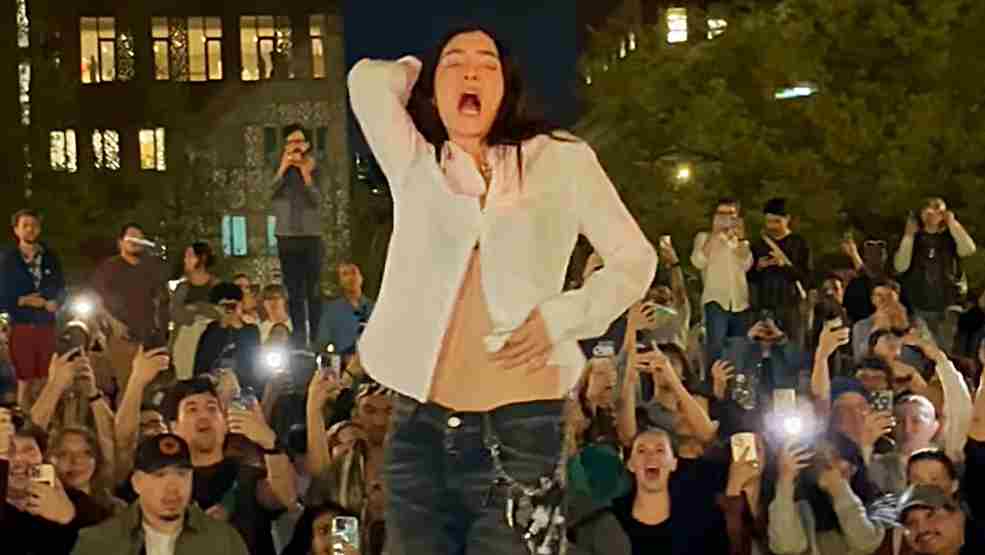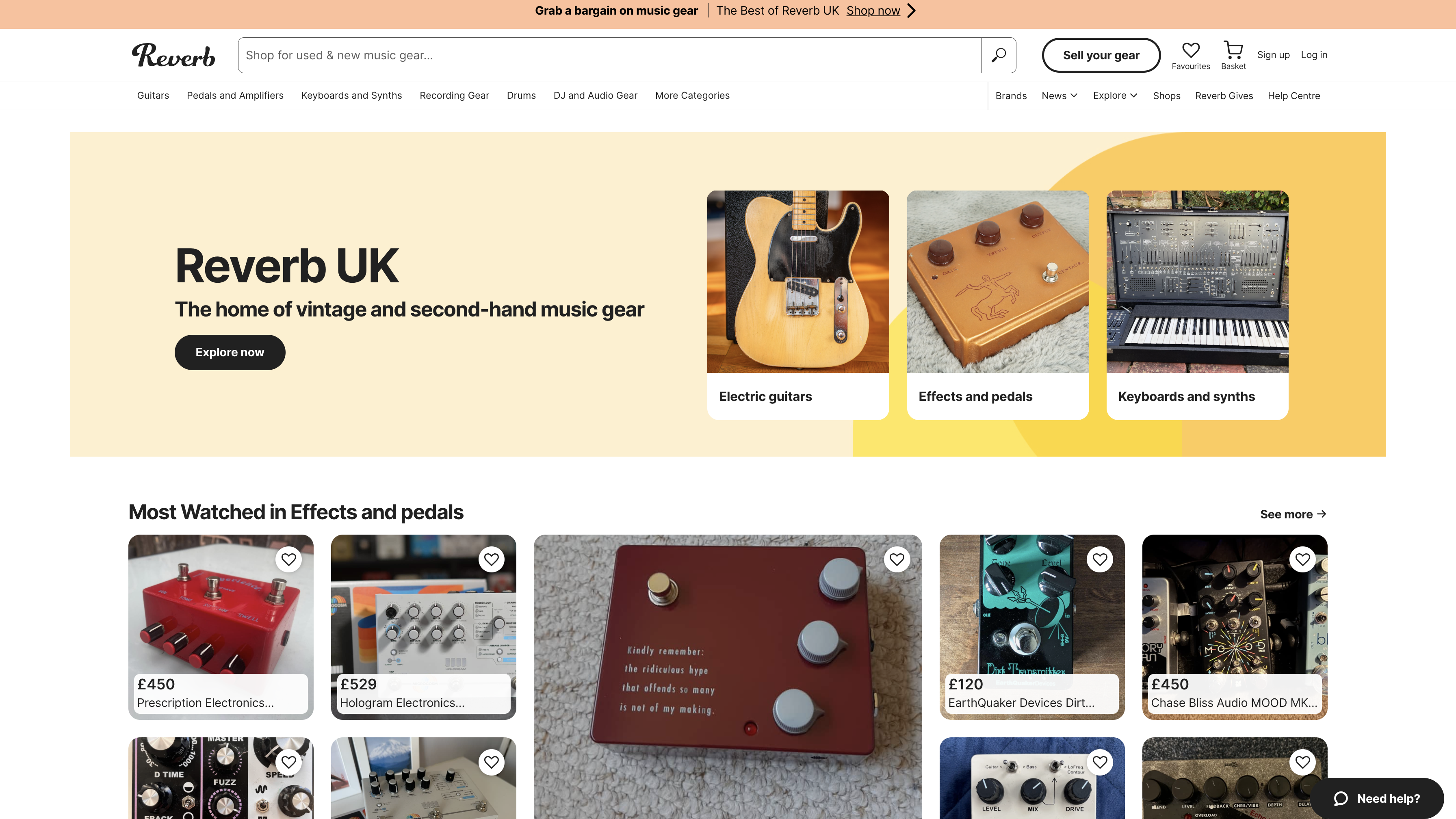Classic album: Noisia on Split The Atom
The Dutch bass music masters look back at their DnB gamechanger
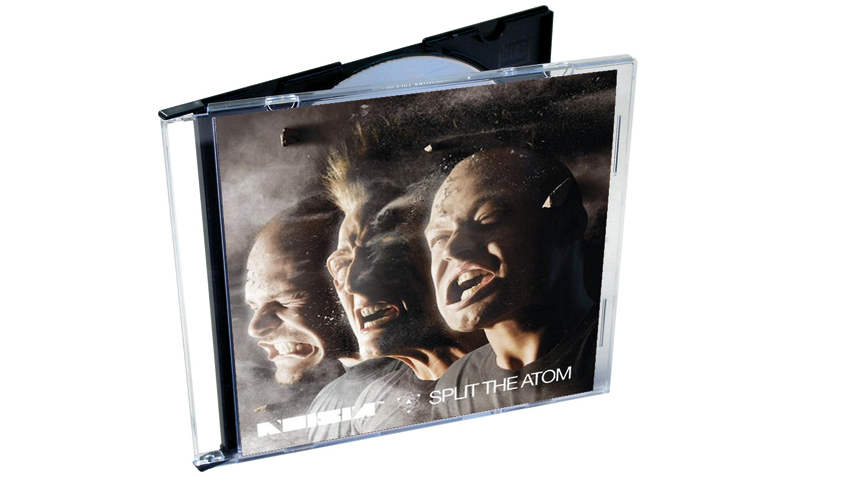
After exploding onto the DnB scene with a string of devastating singles and a savage FabricLive mix, Noisia kept the shockwaves going with their 2010 debut album, Split The Atom. The trio of Nik Roos, Martijn van Sonderen, and Thijs de Vlieger effortlessly mixed skull-steppin’ jungle, fierce breakbeat science, and a new style called dubstep, into the perfect showcase for their super-clinical production values, and marked themselves out as a distinctive new force in electronic music.
“We wanted to show what we could do,” says Roos. “And we wanted to prove that, artistically, we were more than the tunes we were known for at the time. Between the three of us, we wanted to mix up all the things we liked and, as a whole, for it to be a good representation of what we were about and what set us apart from the rest. There are nods to the drum 'n' bass scene of that time in there - specifically, the 2000-era neurofunk sound - as well as touches of people like Justice, Amon Tobin, Tipper, The Prodigy, Opgezwolle, some 90s hip-hop, video game soundtracks and movie scores.”
The result was a pure blast of sonic warfare, and over the course of its 19 tracks the album cemented ‘That Noisia Sound’. Like their heroes, The Prodigy, the resulting fusion was a genre unto itself. Tracks like the frenzied Alpha Centauri quickened the pulse with their punishing breaks, while the titular Split The Atom shocked and amazed as it thundered along like a mutant house record hopped up on beefcake pills.
Noisia weren’t here to fit in. They lived in their own little world, isolated in the studio, tucked away in their native Boterdiep in Groningen. They were their own law, and who cared if they broke all the rules along the way? “There are always purists, and that’s fine,” adds de Vlieger. “We expected a little ‘haterade’. But we wanted to try to reach a broader audience, and we wanted to show some diversity to the D&B scene.”
Noisia continue to tour, and their latest album, Outer Edges, is getting the remix treatment, featuring takes by Bassnectar, Ivy Lab, Machinedrum, Amon Tobin, Camo & Krooked, Mat Zo, and more. Here, they take us track by track through Split The Atom.

Machine Gun
Nik Roos: “This started with a synth sound (I think there was some oscillator sync involved) from the free Japanese Synth1 VST and a bunch of reverb automation. It also started as an idea for a remix we never ended up doing. We wanted it as first tune on the album because we were, and are, really proud of the intro and the way it’s in a different dimension from the drop part but still ties in.”
My World
NR: “This was released on Ram Records before the album was released, but we liked what it did when we were sketching up early track lists for the album. The bassline was the result of an experiment in FM8, making a diving bass sound that switches its emphasis from fundamental to harmonics as it dives down, almost like a Shepard tone. The vocal was very inspired by Commix’s Be True.”
Get the MusicRadar Newsletter
Want all the hottest music and gear news, reviews, deals, features and more, direct to your inbox? Sign up here.
Shitbox
NR: “We thought it was important to not present ourselves as very serious and angry boys making very serious and angry music, from the beginning. In 2005 we had a little documentary made that definitely highlighted this part of our image. We loved the idea of including this little skit on the album. Looking at it now, it’s a bit weird that it comes so early in the album, though!”
Split The Atom
NR: “Ah, the title track. This one was started in 2005, I believe. We were very much into a lot of music at that tempo: Justice, Daft Punk and the lesser known heroes in that world. But at that time, we also ran across DJs in the UK breakbeat genre at our shows that were an inspiration as well.”
Thursday
NR: “This was influenced by [German Techno producer] Stephan Bodzin. His approach to using effects and writing melodies was something we really wanted to apply in a DnB track. It was also inspired by some of Black Sun Empire’s early work, mostly B’Negative. Trance ’n’ bass!”
Leakage
NR: “This was one of the tracks that had been around as a sketch for a while when we started writing the album. We tried writing it out as a regular full song, but ended up only changing it slightly. We’d gotten so used to it the way it was: short, funky, not much more than a little weird daydream, but nice in that format.”
“We’d gotten so used to it the way it was: short, funky, not much more than a little weird daydream, but nice in that format.”
Hand Gestures
NR: “This was started by me in Australia. The most important thing we do together is form consensus. Sketches can come from everywhere, but the decisive moment is when we all agree that something is worth finishing. The splitting of the work isn’t conscious up to that point, but from that point we usually work on stuff more deliberately and plan who does what. We all loved the sound of the snare/hi-hat combination on this.”
Headknot
NR: “Resampled retriggered bass sounds, ominous bells and (a little too) aggressive half-time drums. This was one of those things that we never arranged into a full track. It was good the way it was! It was only a minute and a half; no need to add any more.”
Red Heat
Martijn van Sonderen: “This was us going all out with bitcrushed filtered funk samples at 128bpm; we hadn’t really done it as Noisia yet. It had to be done. Arguably, Noisia & Teebee’s Shower For An Hour could claim the funk samples title, but it was at 172bpm. It reminds me of our old Hustle Athletics alias: a 128bpm filtered house track we did - Feel For You on the Lekker EP - was similar.”
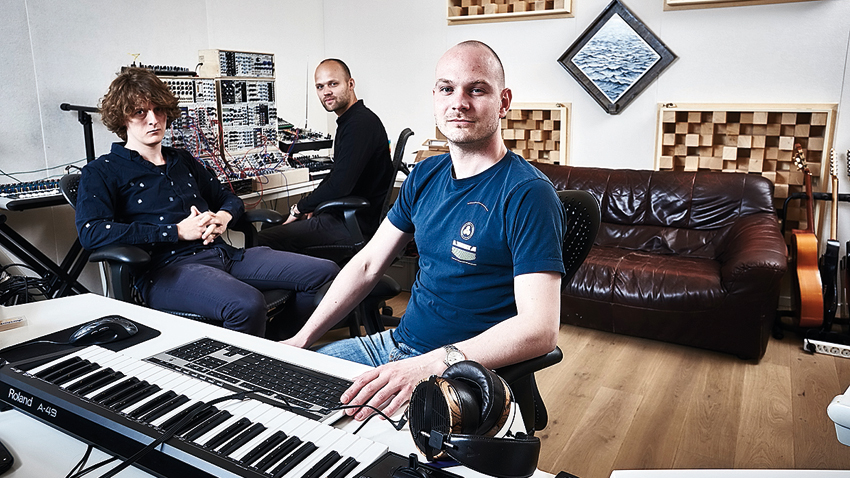
Shellshock
MvS: “Foreign Fucking Beggars! The Homies! First heard their rap music in a car in France (they’re huge in France, always have been) and really liked their respective voices, but most notably the dynamic between them. So we asked them to come over and they were down. We first tried a vocal version of Split The Atom, but that didn’t work.
“What they did do was so explosive! Shellshock was an important tune for us. We will always remember the moshpits and ‘walls-of-death’. Sorry for the noses broken and glasses shattered. Rock on!”
Whiskers
MvS: “This is just a little segue, or a little palate cleanser on the album. Especially after Shellshock, you need something to clean the slate. I’m trying to remember when this one was made. Some of the songs on there were started years before the album came out, but those years weren’t necessarily part of the conscious album writing process. We just filtered through all our sketches and ideas and made shortlists. Sometimes it was hard to make an older idea sound newer, especially if the project was old and the VSTs didn’t want to work anymore. This is a problem that reoccurred when we set off to finish our new album, Outer Edges, and it will probably reoccur again for our next album [laughs].”
Alpha Centauri
MvS: “Our ‘space odyssey’. Obviously a lot of our music is influenced by sci-fi, but it was never as obviously articulated as in this tune. Like in Machine Gun, we still really like how this track warps through a couple of different dimensions that are parallel but definitely separated - there’s the 80s sci-fi intro, then the bass drop, and then the weird Michael Jackson dance-off scene…”
Soul Purge
MvS: “Exploring each others’ depths in the studio was a big part of the excitement of working with Foreign Beggars again. We initially had no idea they had the lyricism and gothic doom this track ended up about.”
Diplodocus
MvS: “This was the very first track that was written in that studio. It’s a bit dry, because there were no bass traps, diffusers, or absorbers. It made the studio quite ‘verby’. The outro is the sound you get when slightly squeezing the trigger on a mini battery powered drill whilst the drill head is being held so it can’t move - video material of us explaining this during the recording of our weekly Noisia Radio show is available.”
Paper Doll
Thijs de Vlieger: “Another sweet little segue. This had been sitting on our drive for very long and we always wanted to do something with it, so we put it on our album.
“When working on this album, we’d get up around midday, eat some breakfast, go to the studio an hour later, work, work, get a sandwich from the butcher shop in the Ebbingestraat, go back, eat it in the studio, work, play some games, go for dinner at Simplon’s Jongerenhotel or Restaurant Maf, go back to the studio, work, have drinks, work, finish around 2 in the morning, maybe go out somewhere, sleep, repeat. It was a crazy time.”
“The outro is the sound you get when slightly squeezing the trigger on a mini battery powered drill whilst the drill head is being held so it can’t move.”
Dystopia
TdV: “This was our first public hand at a very new thing called dubstep, which we didn’t really understand. At that point, dubstep was a fringe phenomenon to us; we didn’t think dubstep would cause a worldwide hype about bass music that would kind of change our lives [laughs].”
Sunhammer
TdV: “This was a dream come true, to work with one of our most respected heroes, Amon Tobin. Turns out he’s the sweetest and kindest man you’ll ever meet. He loved messing with all our weird and hectic [Toontrack] Superior Drummer drum samples.
“I do think we had started working with Superior Drummer a lot around that time, as opposed to using samples or cutting up breaks for drums. The singing in the breakdown is all of us taking the turns at a mic in the studio. Amon can sing a lot lower than you’d think.”
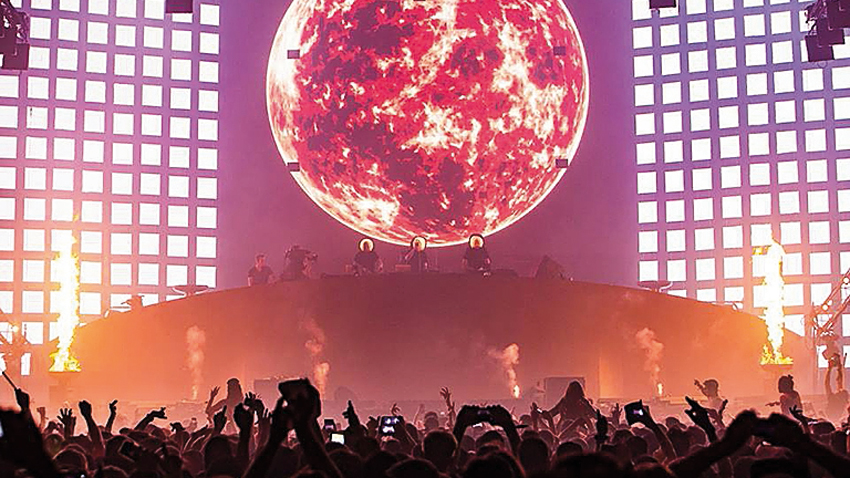
Stigma
TdV: “This had been released shortly before the album was released, and became kind of a big tune for us. We hadn’t expected that, but when it did, it became clear that we had to put it on our album, even though it wasn’t fresh any more to the scene heads.
“We wanted this album to be more than a bunch of fresh music; we wanted it to represent the best of what we were. And we hoped the album would reach some new people who hadn’t heard of this music, too.”
Square Feet
TdV: “This is us messing around with LFO speeds on filters - it never gets old. Very inspired by Tipper. The outro was a separate beat that we kind of Frankenstein-ed into the end of the bass bit, because it needed an outro and they were in the same key. The outro is very inspired by Amon Tobin and old [Dutch rappers] Opgezwolle beats. It turned out as a nice outro to finish the album on.”


Future Music is the number one magazine for today's producers. Packed with technique and technology we'll help you make great new music. All-access artist interviews, in-depth gear reviews, essential production tutorials and much more. Every marvellous monthly edition features reliable reviews of the latest and greatest hardware and software technology and techniques, unparalleled advice, in-depth interviews, sensational free samples and so much more to improve the experience and outcome of your music-making.
"At first the tension was unbelievable. Johnny was really cold, Dee Dee was OK but Joey was a sweetheart": The story of the Ramones' recording of Baby I Love You
"Reggae is more freeform than the blues. But more important, reggae is for everyone": Bob Marley and the Wailers' Catch a Fire, track-by-track

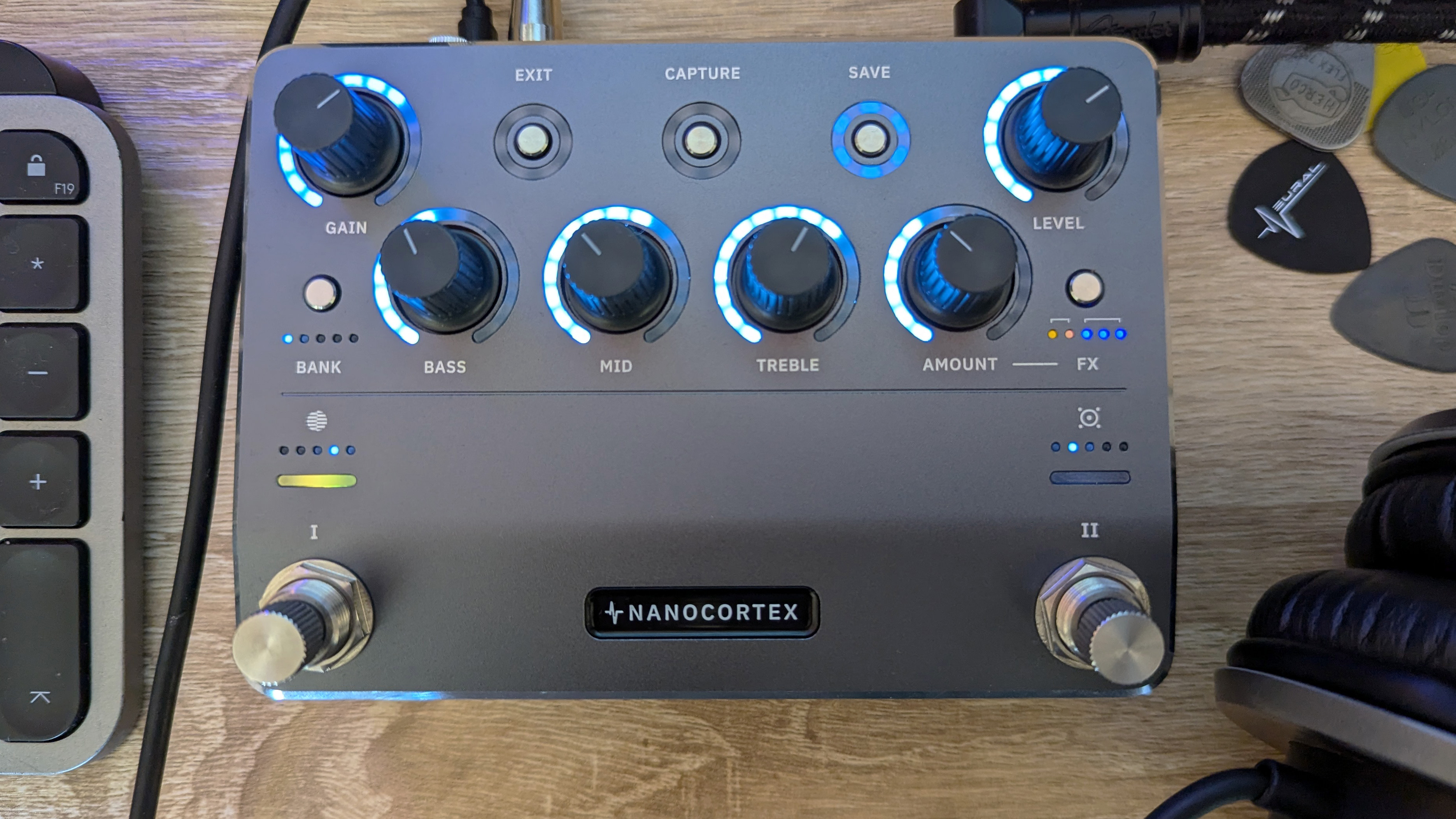
![Gretsch Limited Edition Paisley Penguin [left] and Honey Dipper Resonator: the Penguin dresses the famous singlecut in gold sparkle with a Paisley Pattern graphic, while the 99 per cent aluminium Honey Dipper makes a welcome return to the lineup.](https://cdn.mos.cms.futurecdn.net/BgZycMYFMAgTErT4DdsgbG.jpg)
